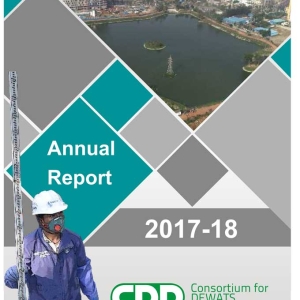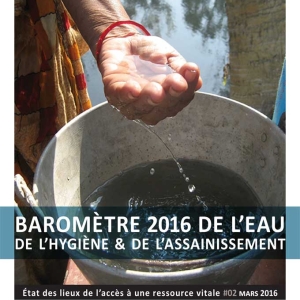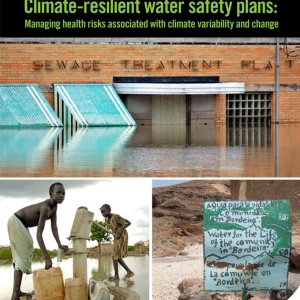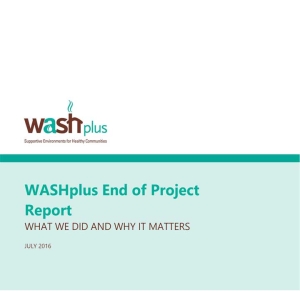Description
[vc_row][vc_column][vc_column_text]Download – FATE OF FILTER MATERIALS AND MICROBIAL COMMUNITIES DURING VERMFILTRATION PROCESS
Title: FATE OF FILTER MATERIALS AND MICROBIAL COMMUNITIES DURING VERMFILTRATION PROCESS
The fate of filter materials and microbial communities during the vermifiltration process were studied for 5 months while treating the concentrated greywater. Four filters were filled with 10 cm gravel of which a layer of medium size gravel (5 cm thickness, aggregate size 20–40 mm) at the bottom and a layer of coarse gravel (5 cm thickness, aggregate size 10–20 mm) at the top, then filled with 20 cm sand (d60 = 0.2 mm, d10=0.118 mm).
Finally, Vermifilter 1 (VF1), control unit and Vermifilter 2 (VF2), were filled with 40 cm fine sawdust (0.05–5 mm) but Vermifilter 3 (VF3), was filled with 40 cm cow dung (0.05–5 mm). Three filters were inoculated with 200 individuals of Eudrilus eugeniae except for the control unit which was filled with sawdust. Five sampling ports were installed on the wall of the filters at 10 cm intervals with reference to the surface of the top layer.
The pH and Moisture content (MC) of filter materials increased along the depth, but percentage of volatile solids to total solids (VS/TS) decreased through time due to the high number of microbial communities and earthworms dominating the top layer compared to the bottom. The performance of VF2-sawdust was slightly better than VF3cow dung to treat concentrated greywater.
Catégorie : Hygiène de l’Eau[/vc_column_text][/vc_column][/vc_row]








